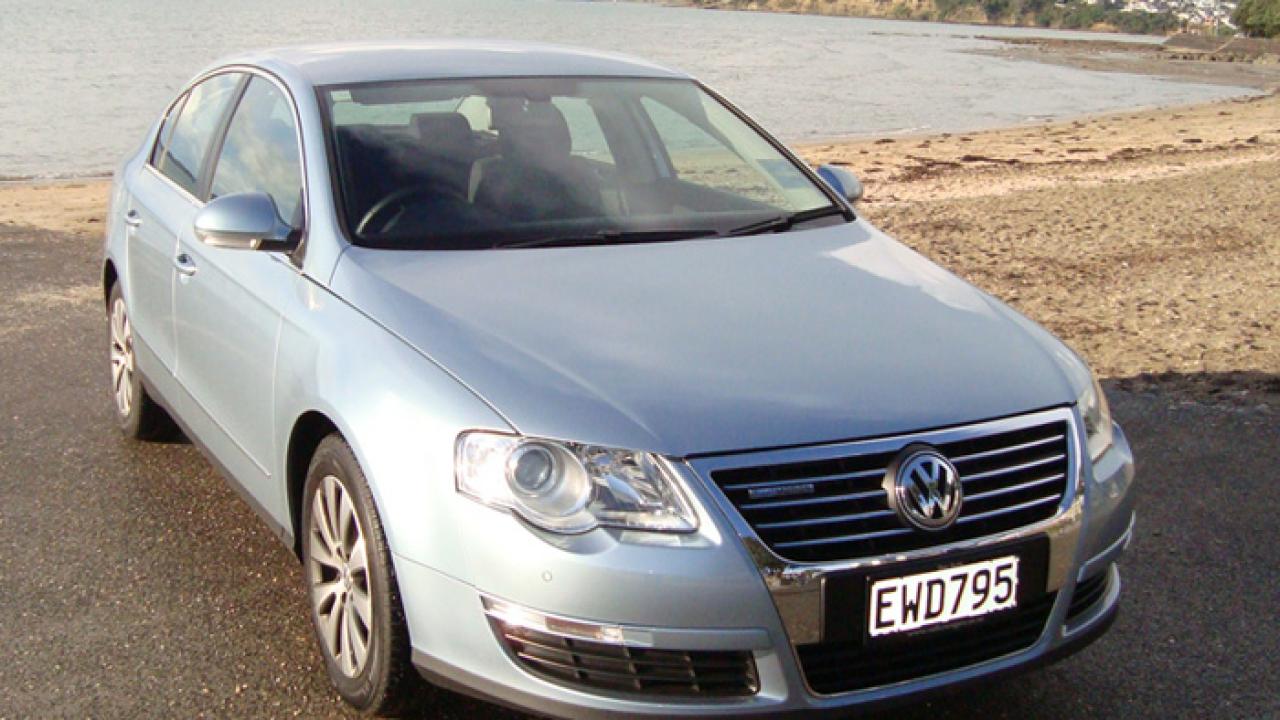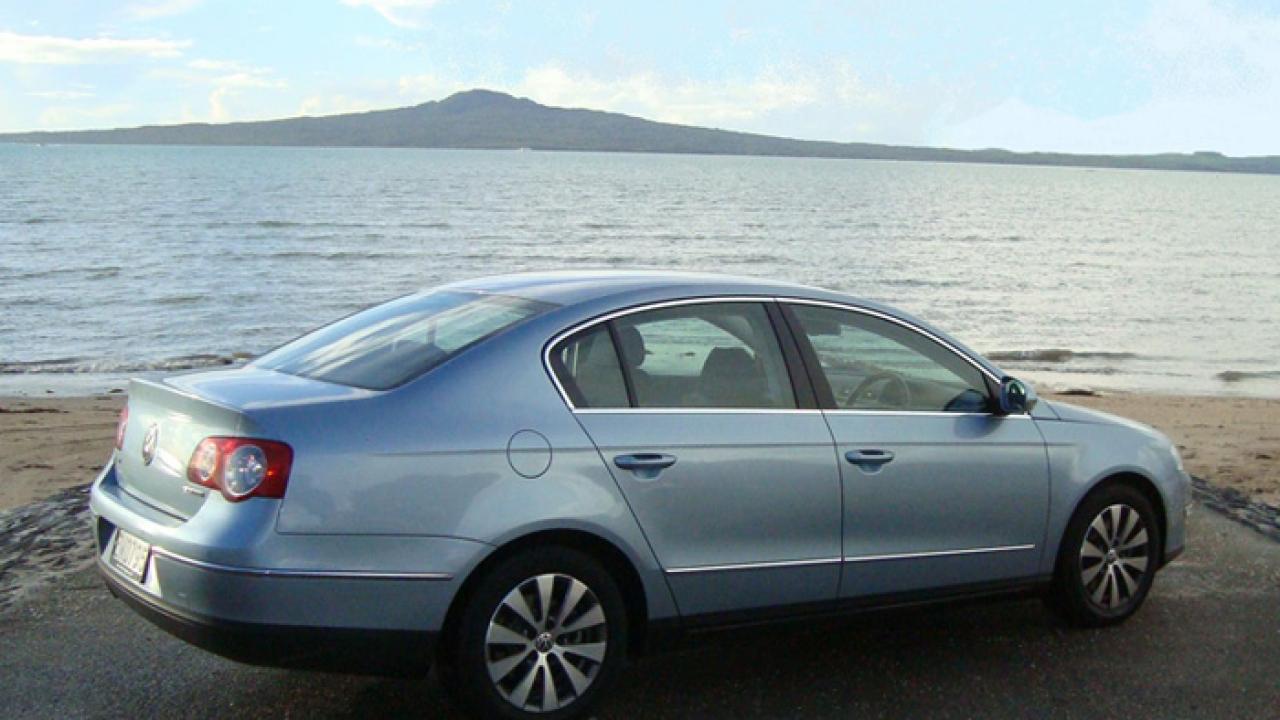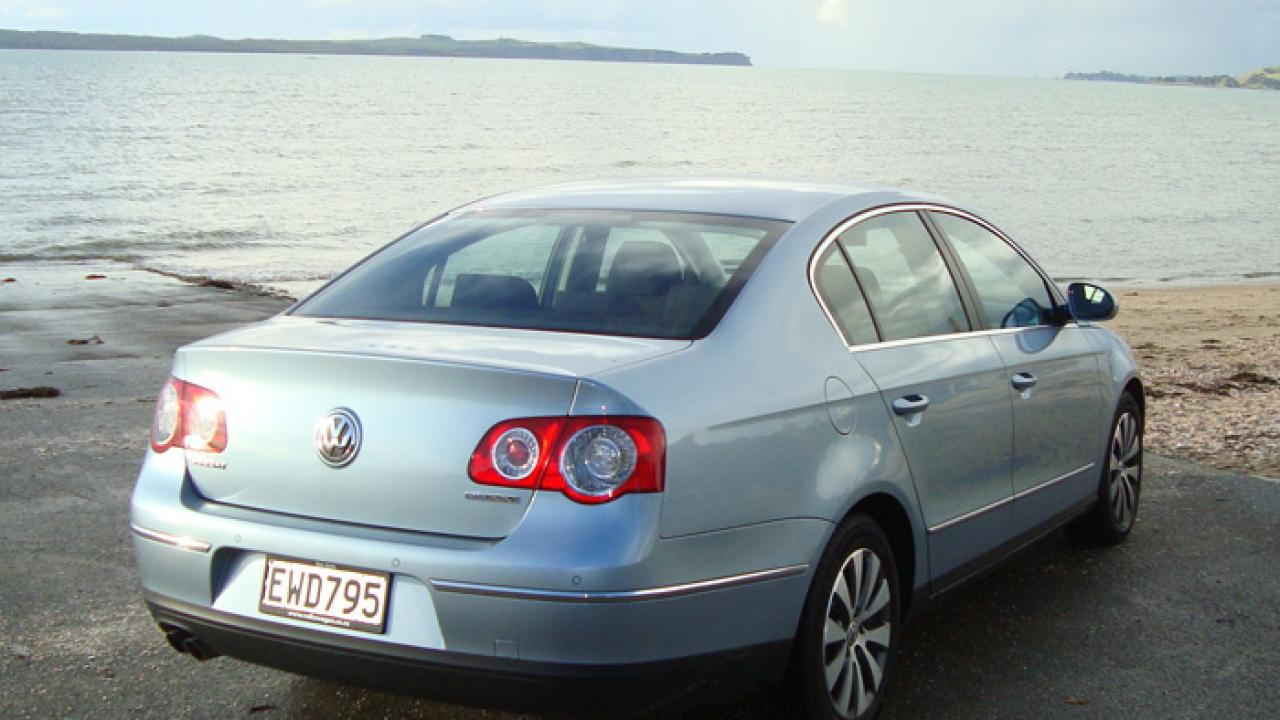New car report; Blue skies and clear water
When applied to motor vehicles, the words large and economical have rarely been uttered in the same sentence. But there are exceptions to every rule and Volkswagen has found the formula, breathing their BlueMotion treatment on the new Passat.
In modern Volkswagen speak BlueMotion is the label applied to their most environmentally friendly, fuel efficient vehicles
Volkswagen tells us that BlueMotion encompasses their sustainability initiative. "Blue" being the Volkswagen colour, suggesting elements of air and water that need to be protected, and "Motion" embodies aspects of mobility, looking towards the future
We've seen the BlueMotion treatment applied to the Polo, Golf and Passat before, but now local importer, European Motor Distributors has imported a Passat BlueMotion 2 with a Stop Start feature for evaluation purposes
Volkswagen engineers have tweaked, tuned, adjusted and modified everything that has an impact on fuel consumption.
Taking a standard Euro 5 compliant 81kW 2.0 litre common rail TDI diesel Passat with a 5 speed manual transmission, Volkswagen has managed to turn the relatively large Passat into what must surely be the most frugal car in its class.
For starters, they lowered the suspension 15mm at the front and 8mm at the rear, giving a stance which helps the Passat slip its way through the air with minimal turbulence. Then they clad the 16 inch alloys with low rolling resistance tyres, pumping in an added 0.3 bar pressure to improve rolling friction.
The engineers also took to the grille and underbody to optimize airflow. These modifications include fitting aerodynamic covers which help to reduce drag, bringing the drag co-efficient down to an impressive 0.273.
Even the gearbox came in for some special treatment too, being given a work-over which included adopting gear ratios that would return the best fuel economy.
To make sure the driver is making the most efficient use of the gear ratios, instrumentation includes a gearshift recommendation feature, which is essentially little arrow telling you whether to change up or down if the car's computerised brain detects the engine is sipping more fuel than it needs to.
And to reduce energy loss further, low friction driveshafts have been adopted.
The latest evolution adds Stop Start technology to shut down the engine when it's not needed
Once upon a time, having a car that conked out at the lights was not unheard of, but it usually went hand in hand with inefficiency, poor tuning and high fuel consumption. But now, the clever people at Wolfsburg have deliberately built this feature into their most efficient models.
We all know that city driving produces the worst fuel economy, and this is in no small part due to the fact that much of the time the engine is running, the car is at standstill. So it makes sense to eliminate the use of fuel when the engine isn't needed to propel the vehicle.
So when the vehicle comes to a stop, you just slip the gear lever into neutral and release the clutch pedal and the engine stops.
Then, as soon as the clutch pedal is depressed, the engine fires up. There's no waiting for the engine to crank over, it's immediate. As soon as you depress the clutch and slip the car into gear you're ready to move off.
It's a little disconcerting at first, but it's surprising how quickly you can get used to these things.
During our week with the Passat BlueMotion 2, the fuel consumption indicator rarely rose higher than 6L/100km, and was in the early to mid fives for most of the time. For a car of this size, capable of seating 5 people in comfort, fuel consumption as frugal as this was previously unheard of.
Just because the Passat BlueMotion 2 is a miserly fuel consumer doesn't mean that it skimps on safety and equipment.
The safety list includes all the features we've come to expect from a mid-sized European car, such as ABS braking with Brake Assist, ESP (Electronic Stability Control) with EDL (Electronic Diff Lock). Driver, passenger, side and curtain airbags, Isofix child seat mountings and three headrests in the rear.
Auto headlights with a follow me home feature, a cooled glovebox, electric driver's seat, heated and folding exterior mirrors with auto-dipping on the driver's side and multi-function steering wheel, with audio and cruise control functions are all part of the standard package.
Current pricing for the Passat BlueMotion is $50,490. While the Stop Start BlueMotion 2 is not yet offered in New Zealand, it will undoubtedly be rolled out in the evolution of the frugal BlueMotion package in the near future.





